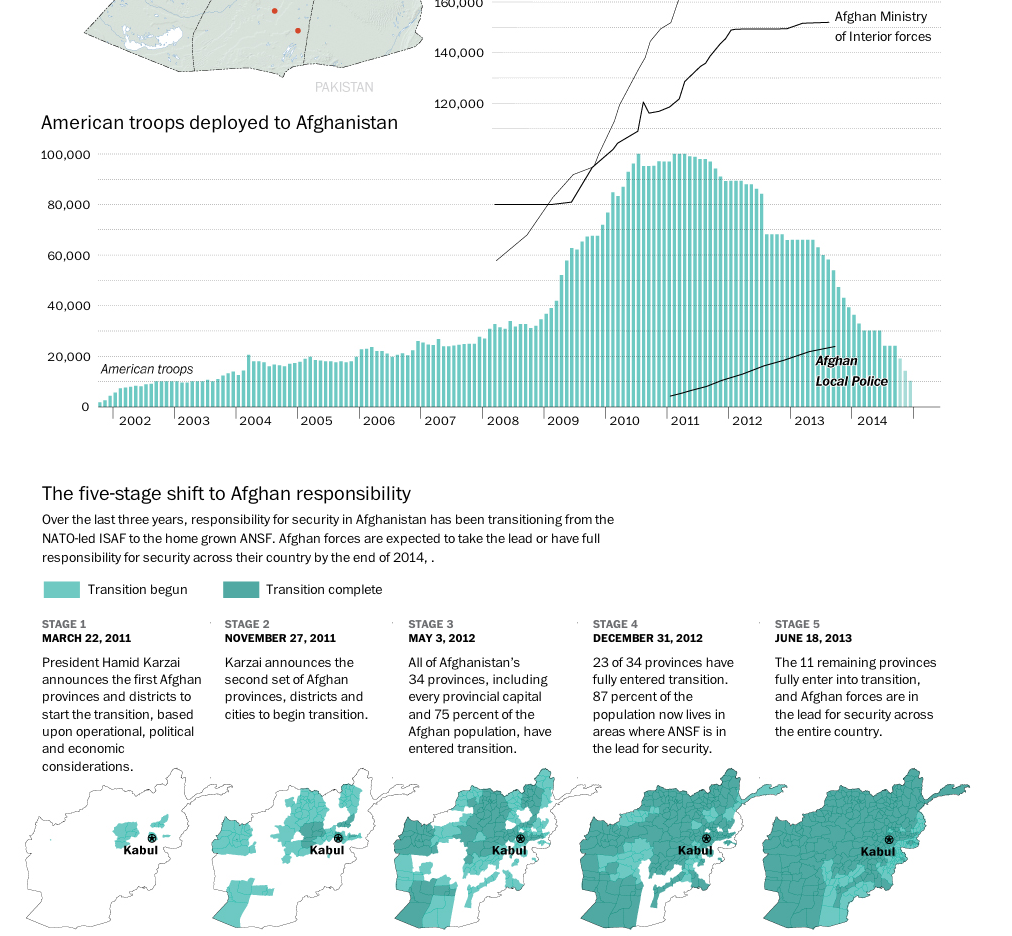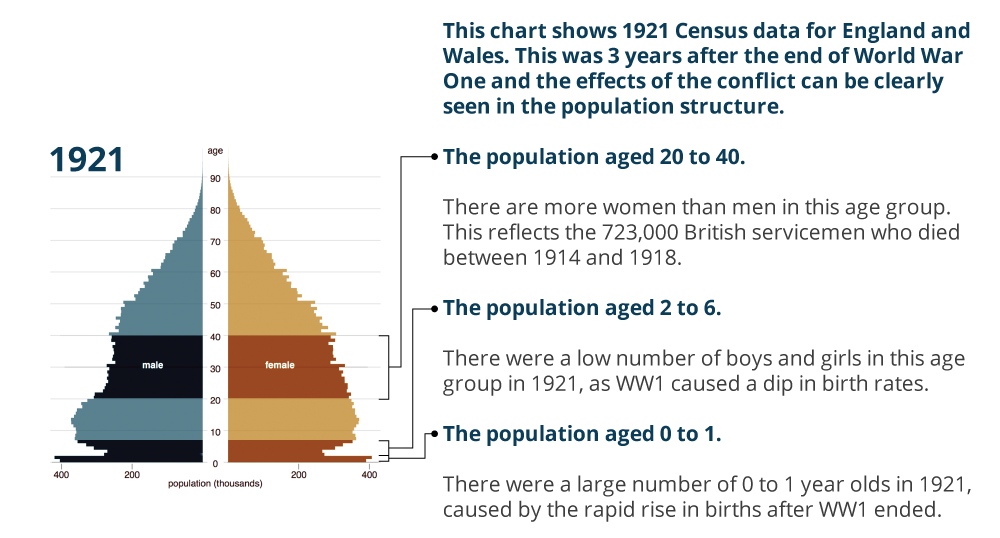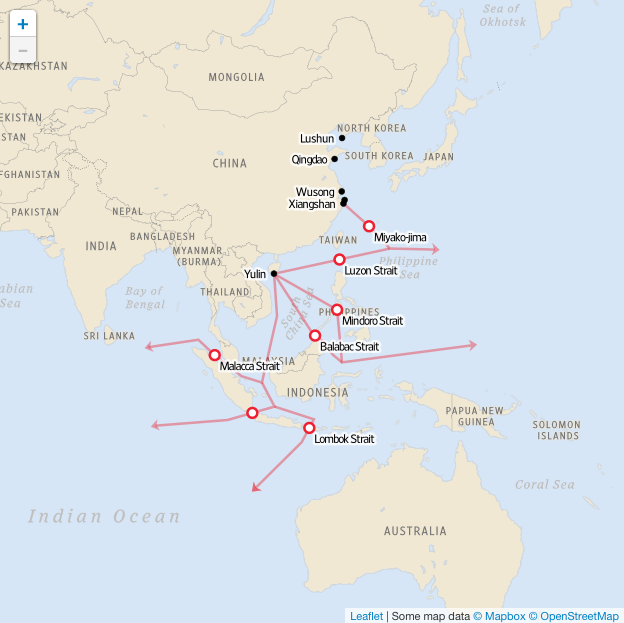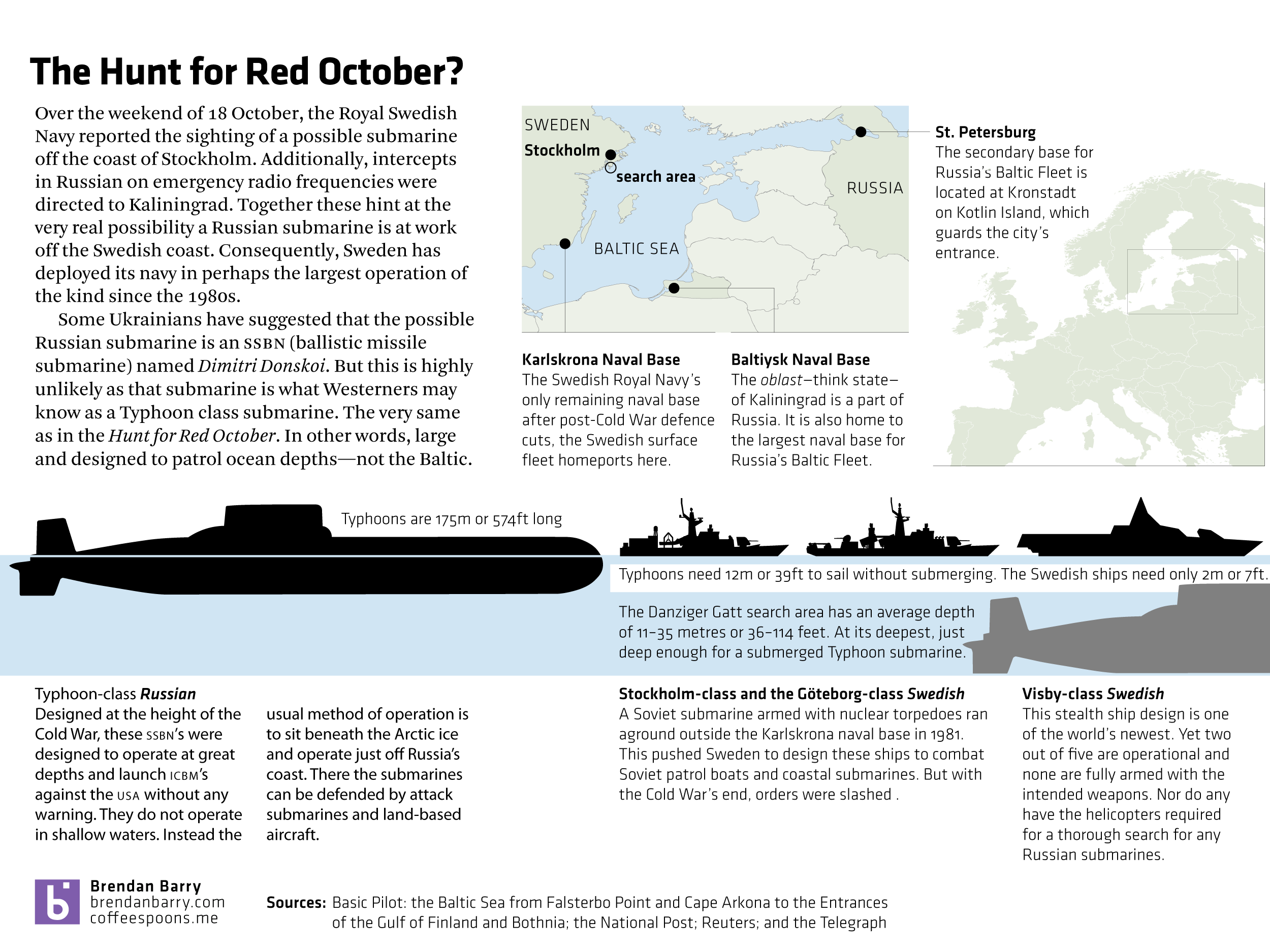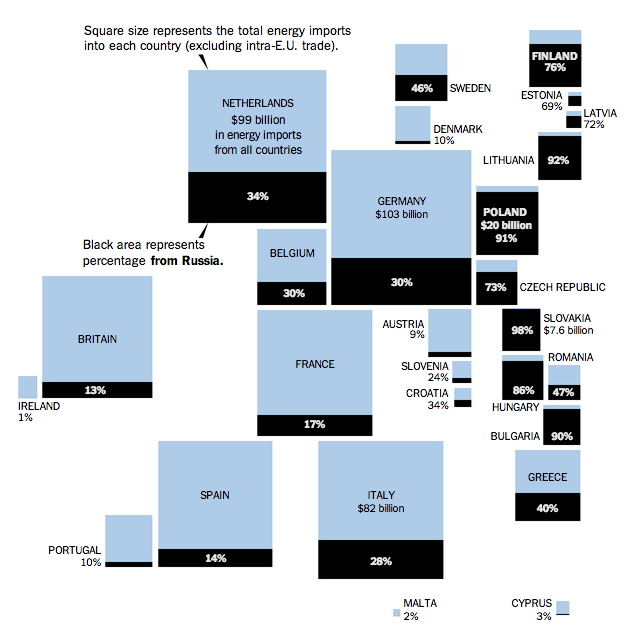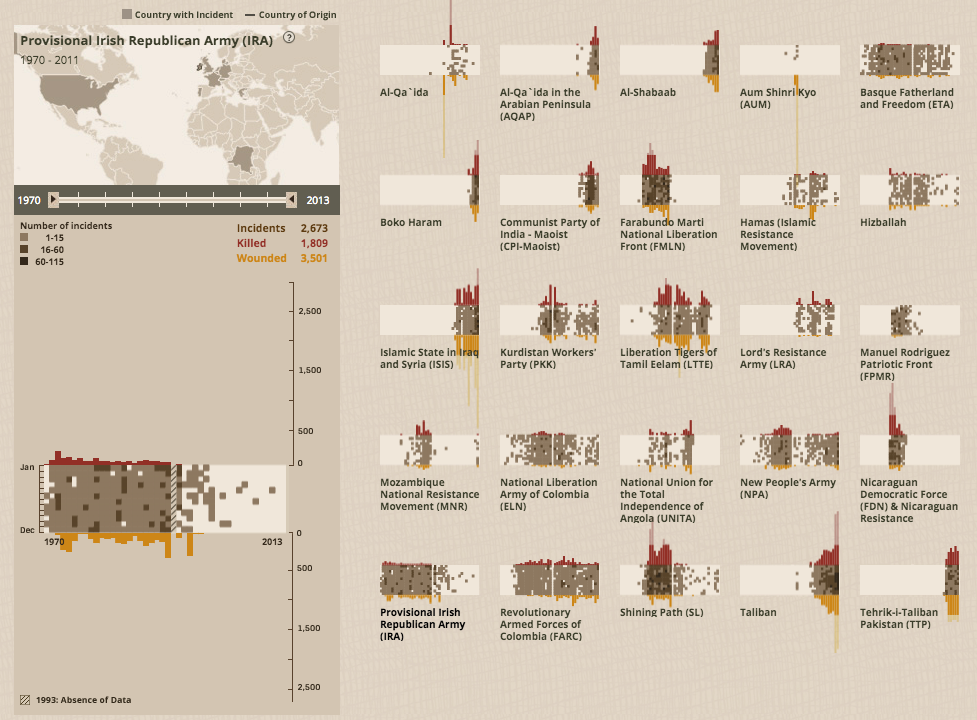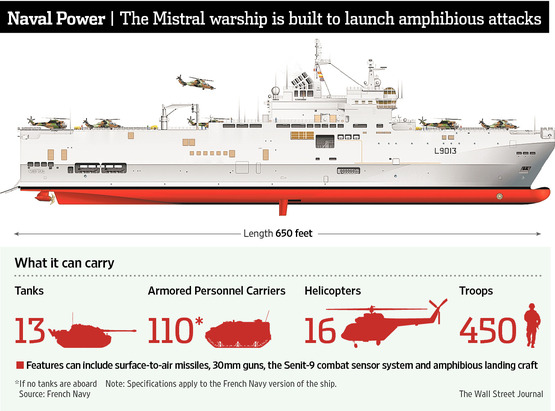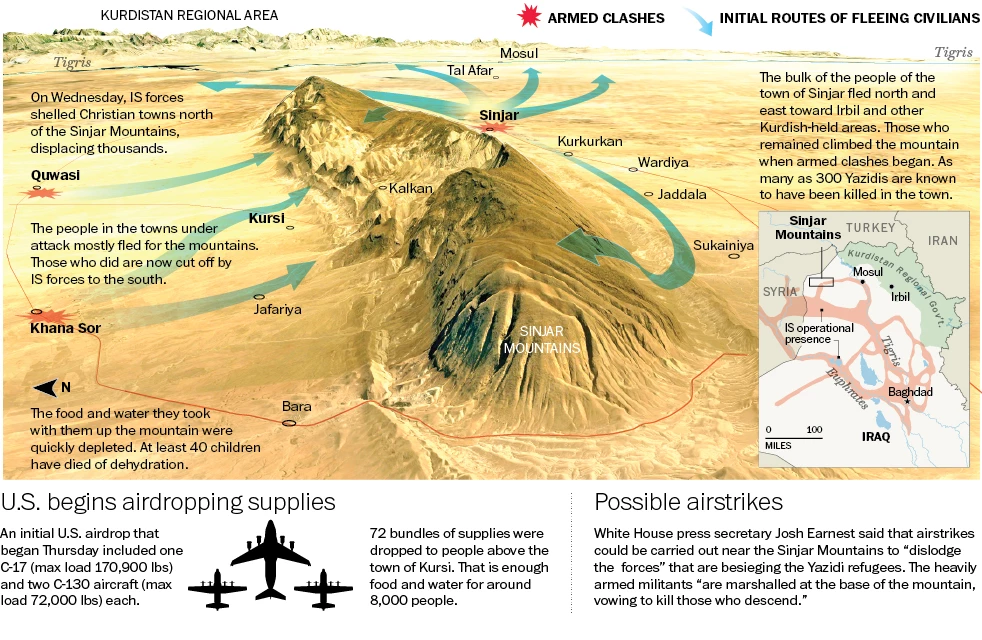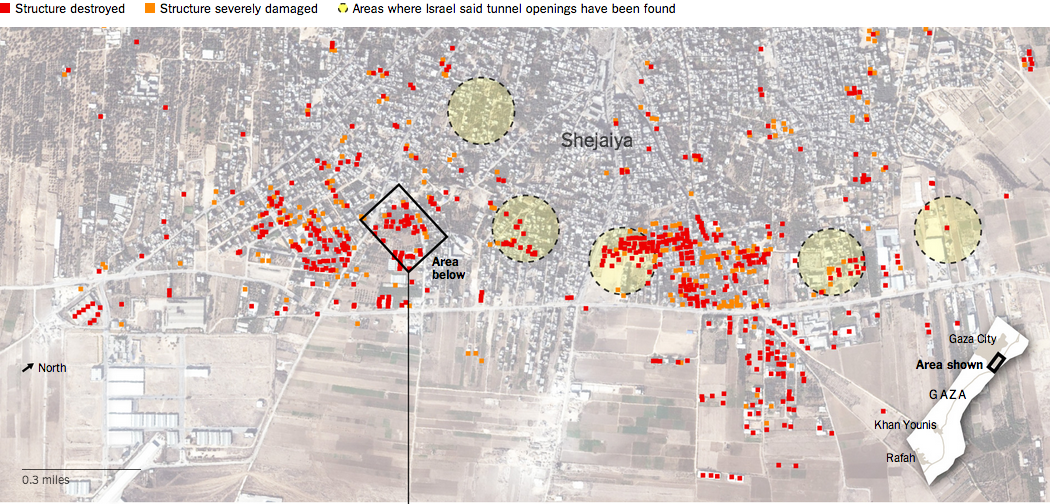The United States has a long history of deploying troops overseas. How long? And where to? Well, ABC (as in the Australian Broadcasting Corporation) mapped out every US deployment dating back to 1798. I captured the year 2014, but if you are curious, you should check it out for yourself.
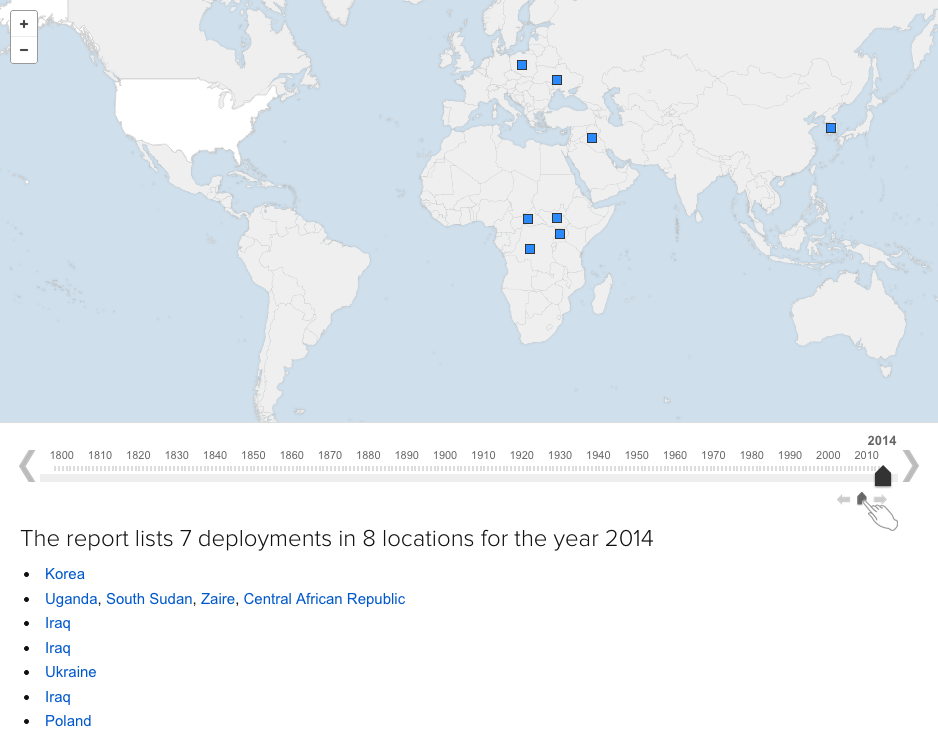
A neat little bonus, watch the growth of the borders of the United States from 1798.
Credit for the piece goes to Simon Elvery.

